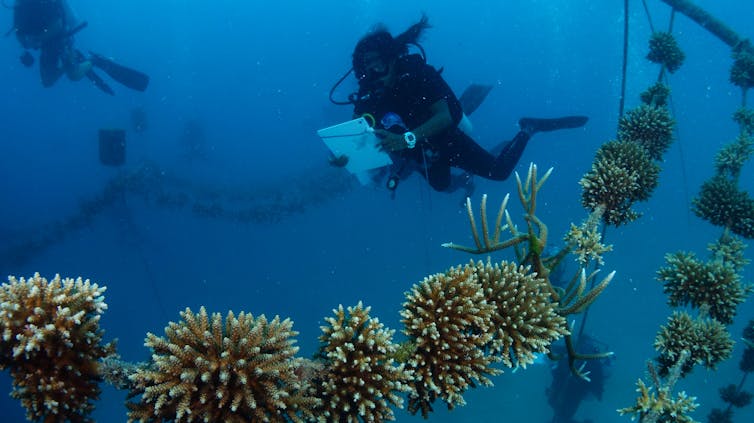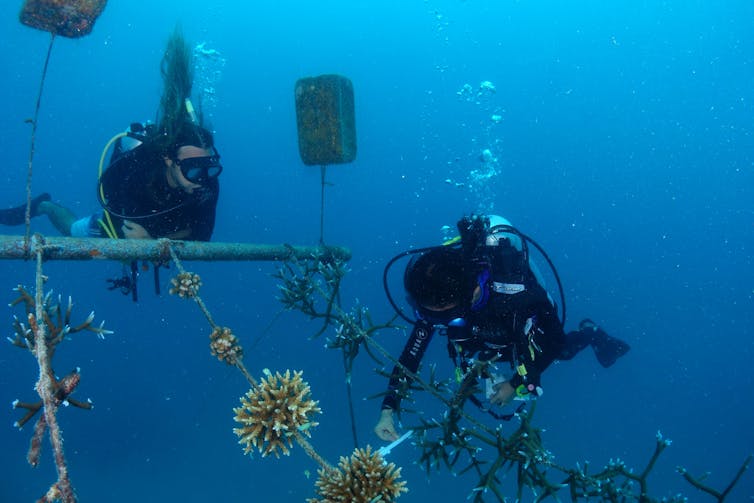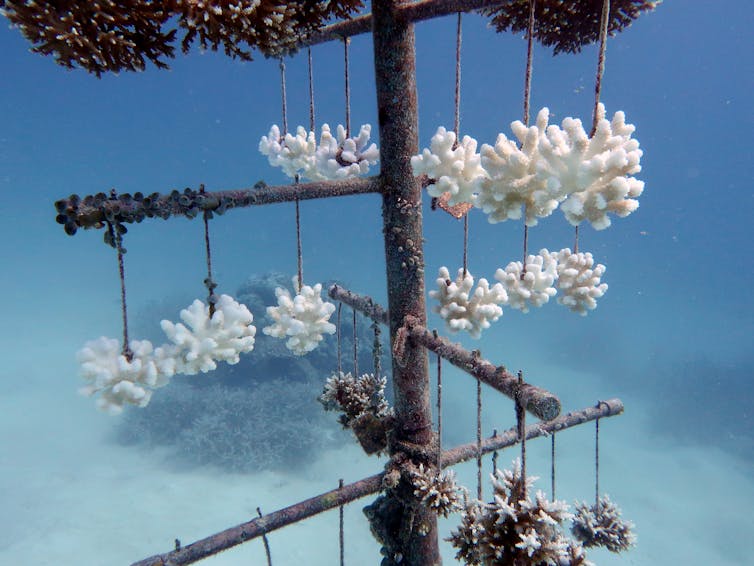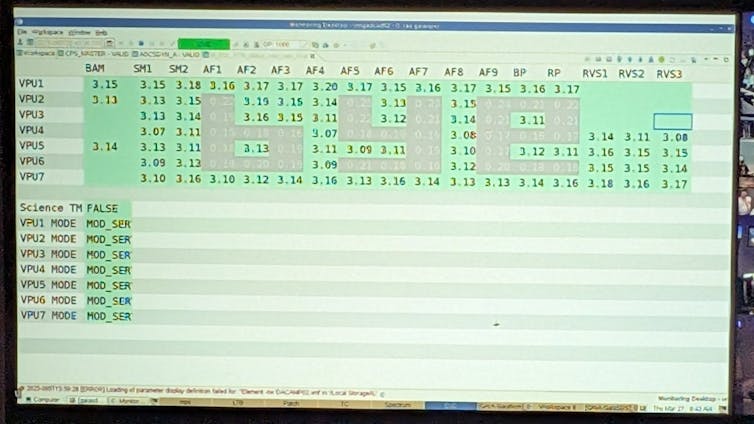Feeling mad? New research suggests mindfulness could help manage anger and aggression

There’s no shortage of things to feel angry about these days. Whether it’s politics, social injustice, climate change or the cost-of-living crisis, the world can feel like a pressure cooker.
Research suggests nearly one-quarter of the world’s population feels angry on any given day. While anger is a normal human emotion, if it’s intense and poorly managed, it can quickly lead to aggression, and potentially cause harm.
Feeling angry often can also have negative effects on our relationships, as well as our mental and physical health.
So how should you manage feelings of anger to keep them in check? Our new research suggests mindfulness can be an effective tool for regulating anger and reducing aggression.
What is mindfulness?
Mindfulness is the ability to observe and focus on your thoughts, emotions and bodily sensations in the present moment with acceptance and without judgement.
Mindfulness has been practised for thousands of years, most notably in Buddhist traditions. But more recently it has been adapted into secular programs to support mental health and emotional regulation.
Mindfulness is taught in a variety of ways, including in-person classes, residential retreats and through digital apps. These programs typically involve guided meditations, and practices that help people become more aware of their thoughts, feelings and surroundings.
Mindfulness is linked to a range of mental health benefits, including reduced anxiety, depression and stress.
Neuroscience research also suggests mindfulness is associated with reduced activity in brain regions linked to emotional reactivity, and greater activity in those involved in self-regulation (the ability to manage our thoughts, emotions and behaviours).
In this way, mindfulness could foster emotional awareness essential for the effective regulation of emotions such as anger. And when people are less overwhelmed by anger, they may be better able to think clearly, reflect on what matters and take meaningful action, rather than reacting impulsively or shutting down.

We reviewed the evidence
To better understand whether mindfulness actually helps with regulating anger and aggression, we conducted a meta-analysis. This is a study that combines the results of many previous studies to look at the overall evidence.
We analysed findings from 118 studies across different populations and countries, including both people who were naturally more mindful and people who were randomly assigned to take part in interventions aimed at increasing mindfulness.
People who were naturally more mindful were those who scored higher on questionnaires measuring traits such as present-moment awareness and non-judgmental thinking. We found these people tended to report less anger and behave less aggressively.
However, mindfulness isn’t just something you have or don’t have – it’s also a skill you can develop. And our results show the benefits of lower anger and aggression extend to people who learn mindfulness skills through practice or training.
We also wanted to know whether mindfulness might work better for certain people or in particular settings. Interestingly, our results suggest these benefits are broadly universal. Practising mindfulness was effective in reducing anger and aggression across different age groups, genders and contexts, including whether people were seeking treatment for mental health or general wellbeing, or not.
Some anger management strategies aren’t backed by science
To manage feelings of anger, many people turn to strategies that are not supported by evidence.
Research suggests “letting off steam” while thinking about your anger is not a healthy strategy and may intensify and prolong experiences of anger.
For example, in one experiment, research participants were asked to hit a punching bag while thinking of someone who made them angry. This so-called “cathartic release” made people angrier and more aggressive rather than less so.
Breaking things in rage rooms, while increasingly popular, is similarly not an evidence-based strategy for reducing anger and aggression.
On the other hand, our research shows there’s good evidence to support mindfulness as a tool to regulate anger.
Mindfulness may reduce anger and aggression by helping people become more aware of their emotional reactions without immediately acting on them. It can foster a non-judgmental and accepting stance toward difficult emotions such as anger, which may interrupt the cycle whereby anger leads to aggressive behaviour.

Mindfulness is not a magic bullet
All that said, it’s important to keep in mind that mindfulness is not a magic bullet or a quick fix. Like any new skill, mindfulness can be challenging at first, takes time to master, and works best when practised regularly.
It’s also important to note mindfulness may not be suitable for everyone – particularly when used as a standalone approach for managing more complex mental health concerns. For ongoing emotional challenges it’s always a good idea to seek support from a qualified mental health professional.
However, if you’re looking to dial down the impact of daily frustrations, there are plenty of accessible ways to give mindfulness a go. You can get started with just a few minutes per day. Popular apps such as Smiling Mind and Headspace offer short, guided sessions that make it easy to explore mindfulness at your own pace — no prior experience needed.
While mindfulness may not solve the problems that make us angry, our research shows it could help improve how we experience and respond to them.![]()
Siobhan O'Dean, Research Fellow, The Matilda Centre for Research in Mental Health and Substance Use, University of Sydney; Elizabeth Summerell, Lecturer, School of Psychology, Faculty of Health and Medical Sciences, University of Adelaide, and Tom Denson, Professor of Psychology, UNSW Sydney
This article is republished from The Conversation under a Creative Commons license. Read the original article.











